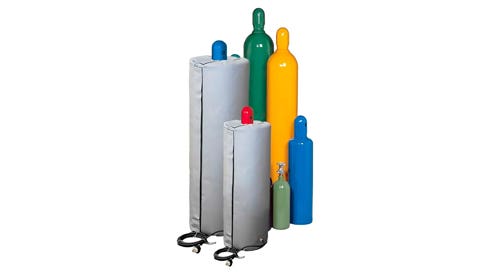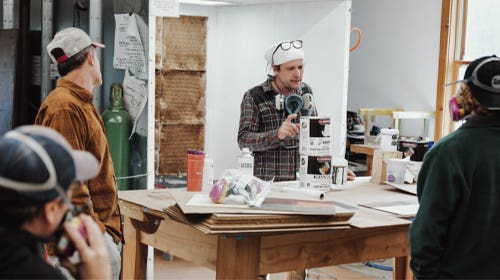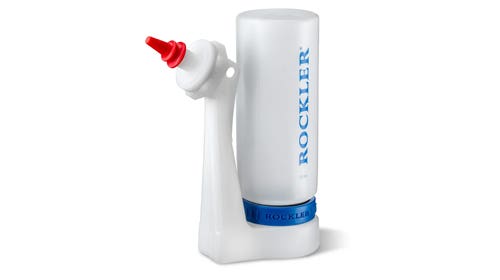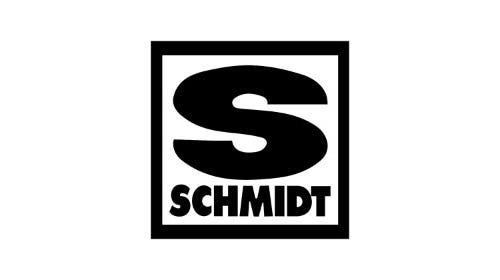WMMA announces new safety standard for fixed-angle jump saws
The Wood Machinery Manufacturers of America, a trade association of U.S. manufacturers of woodworking machinery, cutting tools and supplies, announced a new American National Standard Institute (ANSI) standard Safety Requirements…
The Wood Machinery Manufacturers of America, a trade association of U.S. manufacturers of woodworking machinery, cutting tools and supplies, announced a new American National Standard Institute (ANSI) standard Safety Requirements for Fixed Angle Jump Saws.
Developed by the Accredited Standards Committee O1, Safety Requirements for Woodworking Machinery, the ANSI O1.1-1 (2007) is the first of a series of new woodworking machine-specific safety standards and is intended to be used in conjunction with ANSI O1.1.
"New machines are being introduced into the workplace, and older machines are becoming obsolete, both at a rate not suitable for a general purpose standard such as O1.1," committee chair Michael L. Gililland said in a news release. "The committee began developing a series of smaller, machine-specific standards. The O1.1 continues as the general purpose standard for industrial woodworking machines and covers the general topics of machine and worker safety, with the new standard addressing issues unique to the machine of interest."
The scope of the jump saw standard, O1.1-1, covers the safety requirements for the design, installation, care and use of single blade, non-adjustable cut angle jump saws and certain related accessory equipment, used in industrial and commercial applications, having a total connected power of 5 hp (3.7 KW) or greater, or having 3-phase wiring.
Fixed-angle saws may also be known as chop saws or cutoff saws. Jump saws have historically been pivot-mounted devices. However, modern jump saws may also use linear vertical travel and are therefore included in this standard. Fixed-angle or non-adjustable cut angle are not intended to mean that the blade cannot be adjusted for precision or capacity, but rather that its cut angle is fixed by its design, according to the WMMA.
Other machine-specific safety standards under development include those for gang rip saws, straight line rip saws, shapers, edgebanders, and CNC machining centers.
The WMMA serves as the secretariat of the Accredited Standards Committee O1 and together they comprise the consensus body that develops standards for the safe design, installation and use of woodworking and accessory equipment used in industrial and commercial applications, having a total connected power of 3.7kw (5hp) or greater, or having 3-phase wiring.
The committee membership consists of volunteer representatives from users, distributors, insurers, manufacturers, safety organizations, regulatory agencies and test laboratories. The committee meets twice annually for several days to develop standards.
For information, contact Jim Beach at 608-834-9951 or visit http://www.wmma.org/news-room/pr_052410.cfm.







